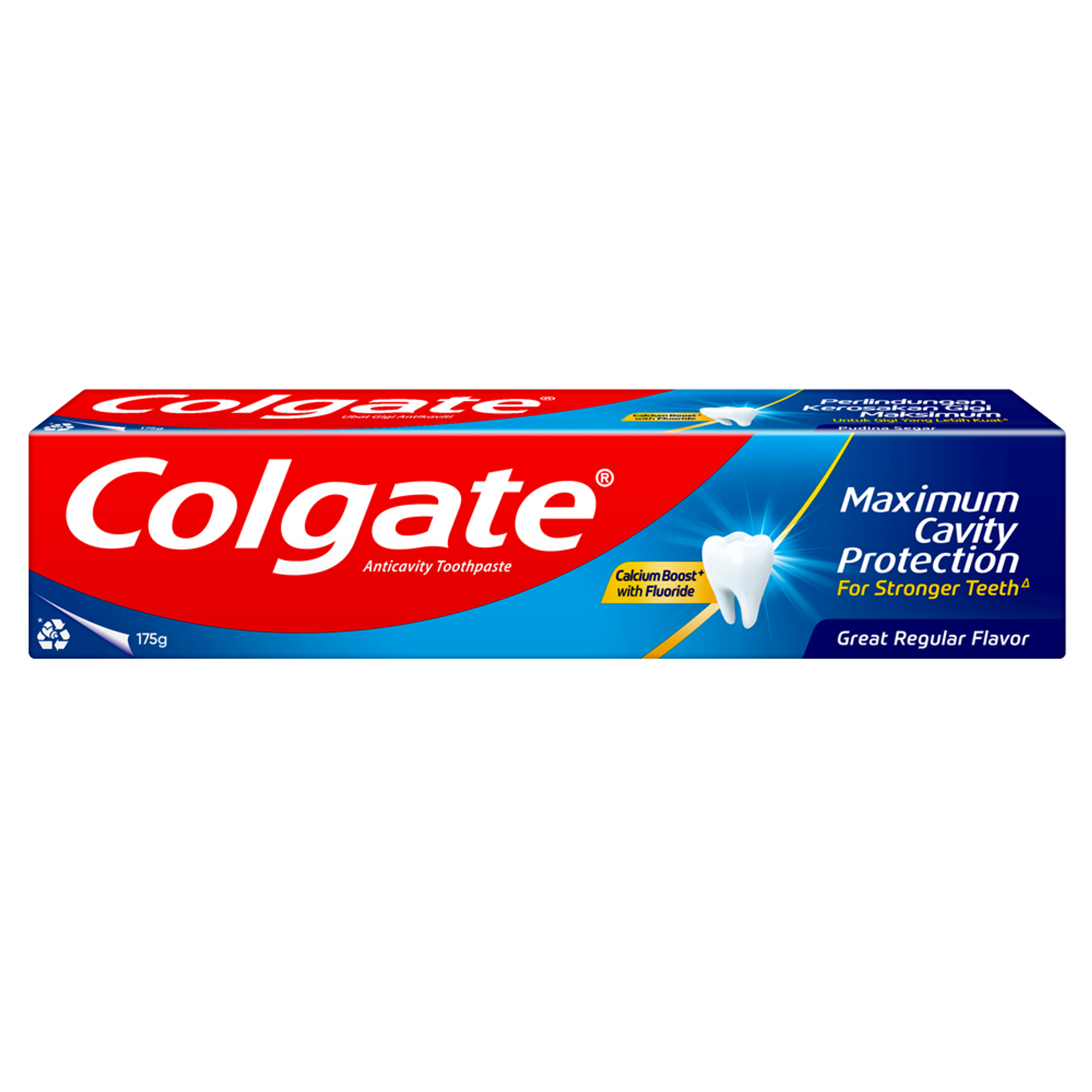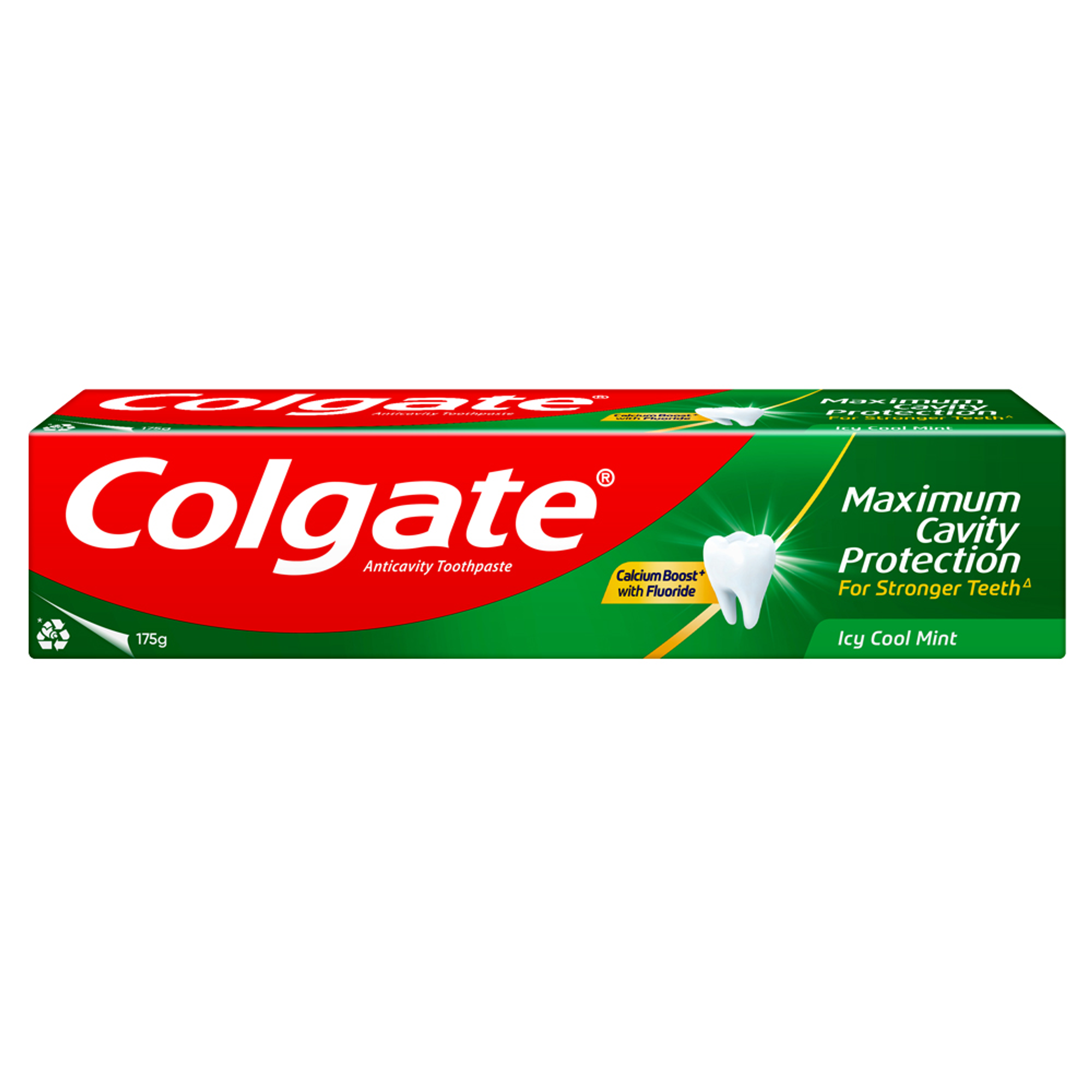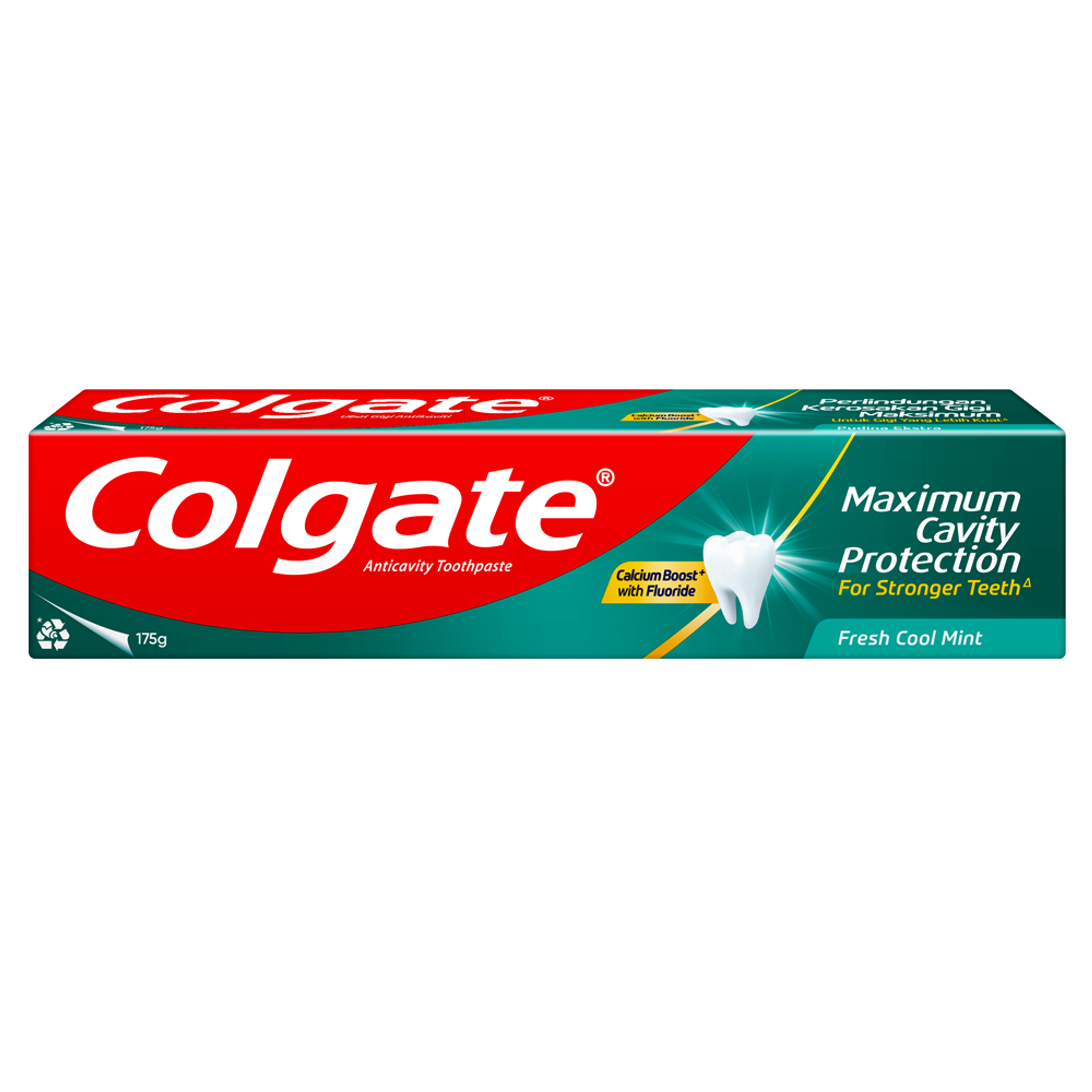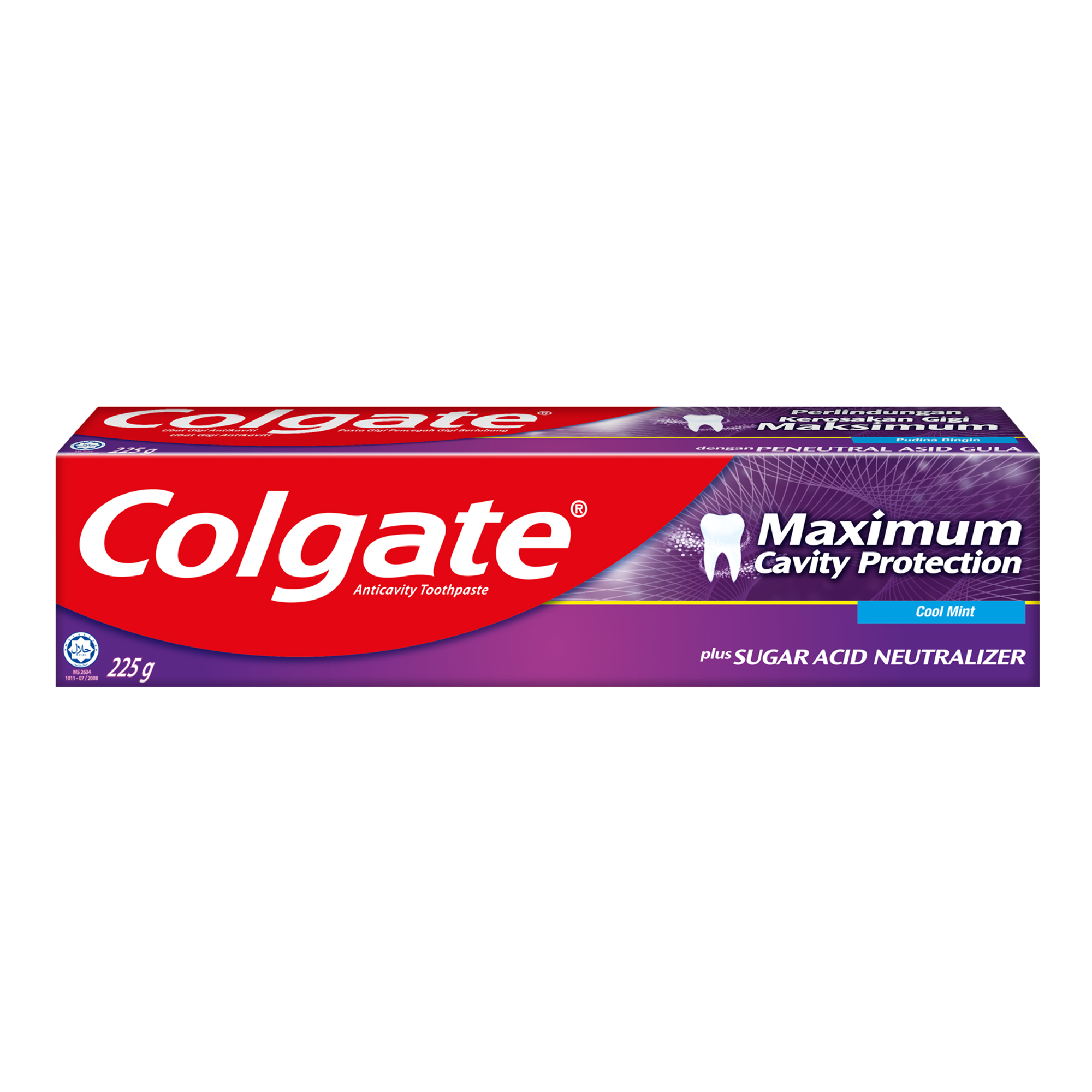What is Dental Filling?
A dental filling is a type of dental restoration used to repair a tooth that has been damaged by decay. This process is a common cavity treatment that helps protect the tooth and restore its normal shape and function. When a dentist removes the decayed part of a tooth, they use a tooth filling to fill the empty space and keep the tooth strong.
Fillings can be made from different materials. Some are made to match your natural tooth colour and are called tooth-coloured fillings. These are often used for front teeth because they look more natural. For people who want safer options, BPA free dental fillings are also available. A dental filling is an important part of dental treatment because it helps save the tooth structure.
When Do You Need a Dental Filling?
You may need a dental filling if you have a decayed tooth or notice pain, sensitivity, or visible holes in your teeth. Dental professionals often recommend a dental hole filling when a cavity creates a small opening in the tooth. If the space between teeth has been damaged due to decay or injury, a dental gap filling can help restore the tooth and improve your bite.
Fillings are also used for cosmetic reasons. A cosmetic dental filling can fix chipped, uneven, or discoloured teeth, helping your smile look better while also protecting your teeth. To know for sure if you need a filling, your dentist may take an X-ray to check for hidden decay. If left untreated, a small tooth cavity can grow and lead to more serious oral problems. That is why it is important to treat tooth decay early with a filling.
Different Types of Dental Fillings
There are many types of dental fillings, and each has its own benefits. The best type for you depends on where the cavity is, how big it is, and what you want in terms of appearance and cost. One common question people ask is, “What are white dental fillings made of?” These are usually made from tooth-coloured materials like composite resin or ceramic that blend in with your natural teeth. Now, let us take a closer look at the various types of dental fillings available.
Composite Resin Fillings
Composite fillings are made from a mixture of plastic and fine glass, also known as composite material. This dental filling material is tooth-coloured, making it a popular choice for front teeth or visible areas. Composite resin bonds directly to the tooth, which helps support the remaining tooth structure. It is a good choice for people who want natural-looking results.
Amalgam Fillings
Amalgam fillings are made from a mix of metals, including silver, tin, copper, and mercury. Also called silver amalgam or silver fillings, this type of filling is very strong and durable, making it a good option for back teeth where chewing pressure is highest. Dental amalgam fillings have been used for many years, although some people prefer other materials for cosmetic or health reasons.
Gold Fillings
Gold fillings, also known as inlays or onlays, are made from a gold alloy and are well known for their strength and long lifespan. They can last 15 years or even longer with proper care. While they are one of the more expensive options, some patients still choose them for dental caries filling because of their durability and reliability. Gold fillings are usually used in back teeth, where there is the most pressure from chewing.
Ceramic Fillings
Ceramic dental fillings are made from porcelain and are tooth-coloured, like composite. These porcelain fillings are more stain-resistant and long-lasting, but also more expensive than composite. Ceramic is a great choice for people looking for durability and a natural look, especially in visible areas.
Glass Ionomer Fillings
Glass ionomer fillings are made from a mix of glass and acrylic, known as glass-ionomer cement. This type of acrylic filling dental material releases fluoride over time, which helps protect the tooth from further decay. It is often used in children’s teeth or for small fillings near the gumline.
How is a Dental Filling Procedure Done?
A dental filling procedure is usually quick and done in a single visit. It helps remove tooth decay and protects your tooth from further decay. Here are the typical dental filling procedure steps:
Numbing the area – The dentist will first numb the area around the tooth using a local anaesthetic so you do not feel any pain.
Removing decay – Special dental filling instruments are used to remove the decayed part of the tooth.
Cleaning the cavity – Once the decay is removed, the space is cleaned to make sure no bacteria or debris remain.
Filling the space – The dentist will then place the filling material into the cleaned cavity to restore the tooth’s shape and function.
Shaping and polishing – After placing the filling, the dentist shapes and polishes it to make sure it fits your bite comfortably.
This simple dental filling procedure can help save your tooth and avoid more serious problems later.
How Much Does a Dental Filling Cost?
The cost of a dental filling can vary depending on the material used, the size of the cavity, and where you get the treatment. For instance, the dental filling cost Malaysia can range from RM60 to RM150* or more per tooth. Composite (tooth-coloured) fillings usually cost more than metal ones, but many people choose them for a more natural look.
When you pay for a new filling, it is rather helpful to know that it can last for several years. So, while the cost might seem high at first, a well-done filling can be a smart long-term investment for your dental health.
How Long Do Dental Fillings Last?
Many people wonder, “How long do dental fillings last?” The answer depends on the type of material used, your oral habits, and how well you care for your teeth. On average, dental fillings can last anywhere from 5 to 15 years. However, the actual lifespan can vary based on the filling material, your oral hygiene habits, and how much pressure the tooth experiences during chewing. Some materials, like gold and ceramic, are more durable and may last even longer.
You may also ask, how often do dental fillings need to be replaced? Fillings should be checked regularly by your dentist. If a filling is worn, cracked, or falls out, it may need to be replaced. In some cases, a temporary filling may be used first, especially after a root canal or when more than one appointment is needed to complete the treatment.
What to Expect After a Dental Filling
After getting a dental filling, it is normal to feel some tooth sensitivity or mild dental filling pain for a few days. You might notice discomfort when eating hot, cold, or sweet food. This kind of pain after dental filling usually goes away on its own as your tooth adjusts.
However, if you continue to feel sharp pain or experience a toothache after dental filling, it could mean that there is another issue that needs attention. In such cases, it is best to return to your dentist for a quick fix. Regular dental check-ups can help catch any problems early and make sure your filling stays in good shape.
How to Care for Your Teeth After a Filling
Knowing how to take care of dental fillings is important if you want them to last a long time. Good oral hygiene habits can protect your filling and your natural teeth.
Use a soft-bristled toothbrush and fluoride toothpaste to clean your teeth twice a day.
Daily flossing helps remove food and plaque from between your teeth, where decay can start.
Rinsing with a fluoride mouthwash also helps strengthen tooth enamel and protect against cavities.
Regular check-ups with your dentist allow them to check the condition of your filling and overall oral health.
Practise safer chewing habits by avoiding very hard or sticky food that could damage your filling.
With proper dental care, most fillings can reach their full lifespan and help keep your smile healthy.
When You Should Avoid Getting a Dental Filling
While dental fillings are a common and safe procedure, there are some situations when your dental professional might delay treatment. For example, dental fillings during pregnancy, especially in the first trimester, are usually postponed unless it is an emergency. This is to avoid unnecessary stress or exposure to certain materials while the baby is developing.
In some cases, a filling may not be the best option at all. If the decay is too deep or the tooth is severely damaged, your dentist might suggest a tooth extraction instead of a filling. Your dentist will always choose the safest and most effective option for your specific needs.
When to See A Dental Professional
Even after a dental filling, some issues can still happen. It is important to know when to go back to the dentist so small problems do not turn into big ones. Here are the signs you should not ignore:
Toothache after dental filling – Pain or sensitivity that lasts more than a few days could mean the filling needs to be adjusted or there is another problem inside the tooth.
Broken dental filling – If your filling cracks or falls out, the exposed tooth surface can be sensitive or allow bacteria to enter.
Temporary dental filling issues – These are not meant to last long. If it falls out or causes discomfort, it should be replaced quickly.
New or worsening pain – This may be a sign that the tooth’s nerve is affected and may need a root canal treatment.
Severe damage – If a tooth is too weak for a regular filling, your dentist might recommend a dental crown instead.
Depending on the issue, your dentist will explain your treatment options. Do not wait if something feels off after a filling. Quick action from a dental professional can help protect your teeth and keep your smile healthy.
To conclude, a dental filling is a common and effective way to treat cavities and restore damaged teeth. Whether you need a simple tooth filling or something more durable, there are different materials and procedures to suit your needs. Fillings help protect your teeth, improve your oral health, and prevent further decay. With proper care and regular dental visits, they can last for many years. Always talk to your dentist to choose the best filling option for your smile.
Frequently Asked Questions
1. Is a dental filling painful?
Getting a dental filling usually is not painful. Dentists use local anaesthesia to numb the area, so you will feel little to no discomfort during the procedure.
2. Are dental fillings really necessary?
Yes, fillings are important to treat cavities and prevent tooth decay from spreading. Without them, the damage can worsen and lead to more serious dental issues.
3. What happens if you don’t get fillings done?
Untreated cavities can grow deeper, causing pain, infection, or even tooth loss. Delaying treatment may also lead to the need for a root canal or extraction.
4. Can I eat after a filling?
You can eat once the numbness wears off, usually within a few hours. It is best to start with soft food and avoid chewing on the filled tooth for a bit. Always consult a dental professional to get personalised advice.
5. What age do people get their first filling?
People can get their first filling at different ages. Some may need one in early childhood, while others might not need it until they are older. It mostly depends on how well they take care of their teeth, what they eat, and their family history.
*Charges could vary between dentists and cities.














